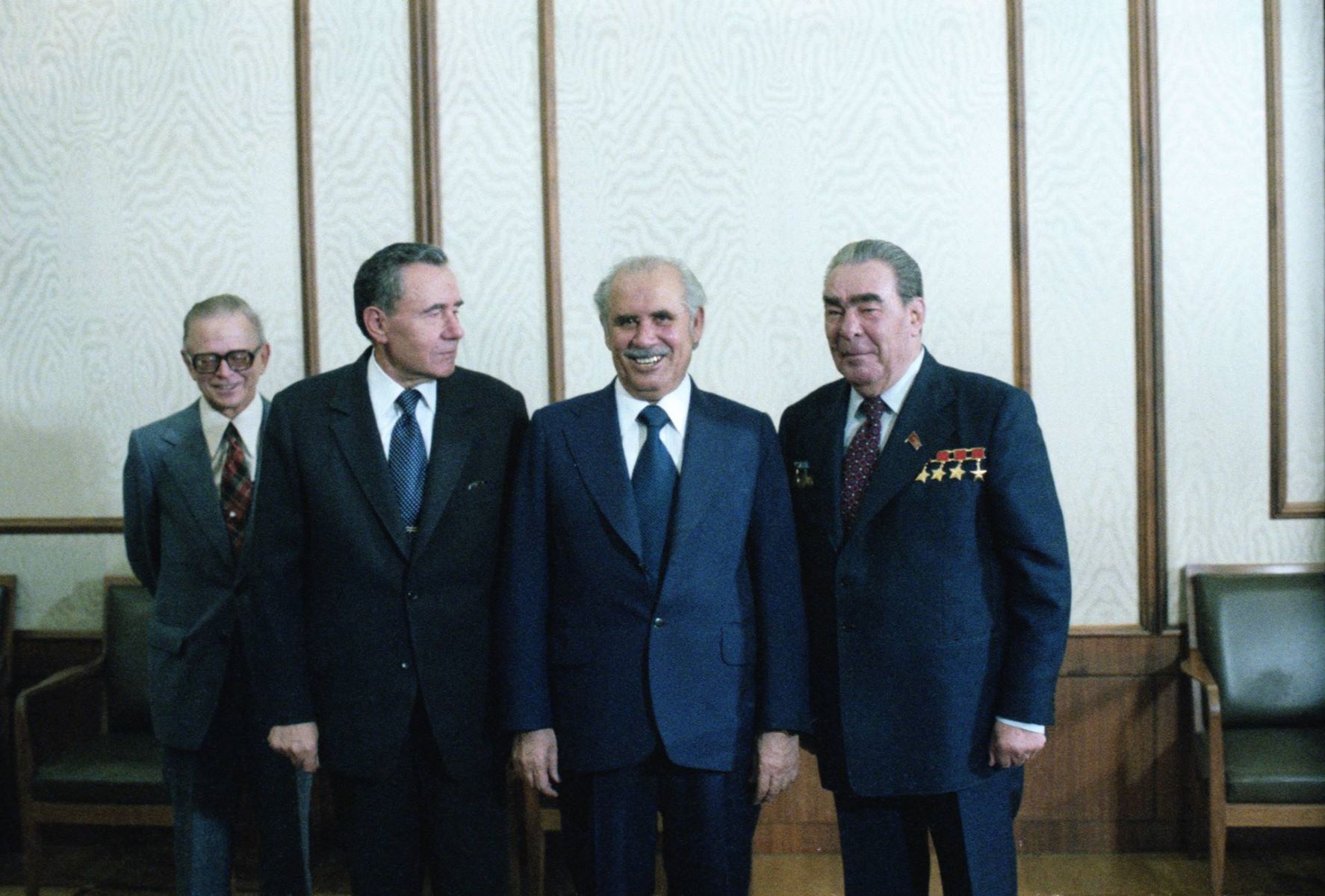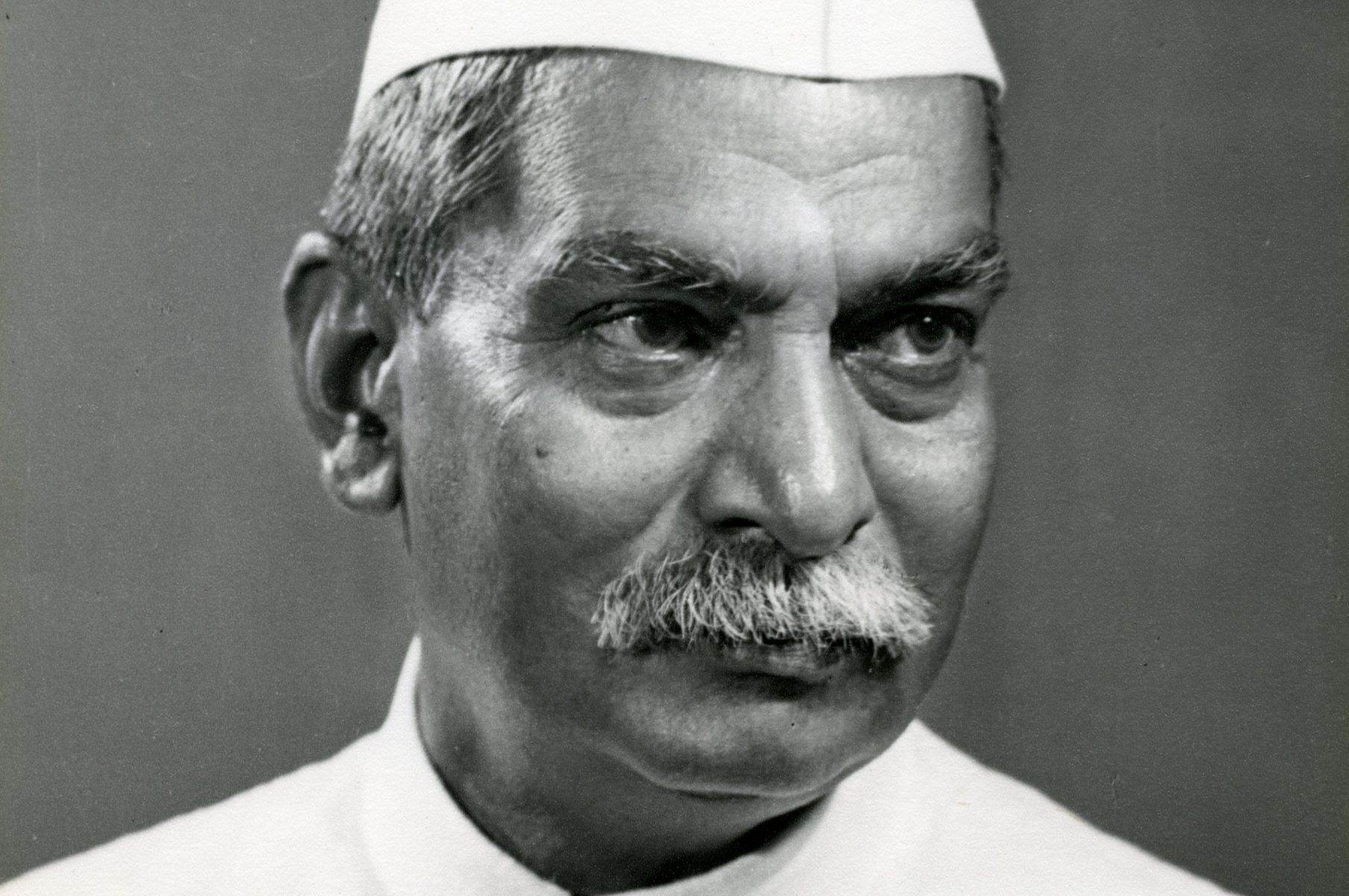
Who was Chintaman Ganesh? Chintaman Ganesh, a name that resonates with history and culture, was a prominent figure in Indian history. Born in the late 19th century, he played a significant role in the Indian independence movement. He was a freedom fighter, social reformer, and educationist. His contributions to society were not limited to politics; he also worked tirelessly to promote education and social justice. Chintaman Ganesh's legacy continues to inspire many, making him a revered figure in Indian history. In this blog post, we will delve into 21 fascinating facts about his life and achievements.
Who is Chintaman Ganesh?
Chintaman Ganesh is a revered deity in Hinduism, particularly worshipped in Maharashtra, India. This deity is a form of Lord Ganesha, known for removing obstacles and bringing good fortune. Let's dive into some fascinating facts about Chintaman Ganesh.
-
Chintaman Ganesh Temple: The Chintaman Ganesh Temple is located in Ujjain, Madhya Pradesh. This ancient temple is a significant pilgrimage site for devotees.
-
Historical Significance: The temple dates back to the 11th century, making it one of the oldest temples dedicated to Lord Ganesha.
-
Architectural Marvel: The temple showcases Maratha architectural style, with intricate carvings and beautiful sculptures.
-
Self-Manifested Idol: The idol of Chintaman Ganesh is believed to be self-manifested, meaning it was not crafted by human hands but appeared naturally.
-
Three-Eyed Ganesha: Unlike typical Ganesha idols, Chintaman Ganesh has three eyes, symbolizing his omniscience.
Rituals and Traditions
Devotees follow various rituals and traditions when worshipping Chintaman Ganesh. These practices are believed to bring blessings and remove obstacles from their lives.
-
Chintamani Pradakshina: Devotees perform a ritual circumambulation (pradakshina) around the temple, which is believed to fulfill their wishes.
-
Offerings: Common offerings include modaks (sweet dumplings), flowers, and durva grass, which are considered favorites of Lord Ganesha.
-
Ganesh Chaturthi: The festival of Ganesh Chaturthi is celebrated with great fervor at the Chintaman Ganesh Temple, attracting thousands of devotees.
-
Abhishekam: A ritual bathing of the idol with milk, honey, and water, known as Abhishekam, is performed regularly.
-
Aarti: Devotees participate in daily aarti (a ritual of worship with light), which is a significant part of the temple's rituals.
Legends and Myths
Chintaman Ganesh is surrounded by numerous legends and myths that add to the deity's mystique and allure.
-
Legend of Chintamani: According to legend, a sage named Kapila was blessed with a magical gem called Chintamani. Lord Ganesha helped him retrieve it from a demon, and the place where this occurred became known as Chintaman.
-
Sage Kapila: The temple is believed to be built on the spot where Sage Kapila meditated and worshipped Lord Ganesha.
-
Wish-Fulfilling Deity: Chintaman Ganesh is considered a wish-fulfilling deity, and devotees believe that their prayers are answered when they worship here.
-
Protective Powers: It is believed that Chintaman Ganesh protects his devotees from evil forces and negative energies.
-
Symbol of Wisdom: The three eyes of Chintaman Ganesh symbolize wisdom, knowledge, and insight, making him a revered figure among scholars and students.
Cultural Impact
Chintaman Ganesh has a significant cultural impact, influencing art, literature, and daily life in the regions where he is worshipped.
-
Inspiration for Artists: The deity has inspired numerous artists, resulting in beautiful paintings, sculptures, and other forms of art.
-
Literary References: Chintaman Ganesh is mentioned in various Hindu scriptures and texts, highlighting his importance in Hindu mythology.
-
Local Festivals: Numerous local festivals and fairs are organized in honor of Chintaman Ganesh, reflecting his cultural significance.
-
Community Gatherings: The temple serves as a hub for community gatherings and social events, fostering a sense of unity among devotees.
-
Educational Influence: Schools and educational institutions often invoke Chintaman Ganesh's blessings for academic success and intellectual growth.
-
Tourist Attraction: The Chintaman Ganesh Temple is not only a religious site but also a popular tourist attraction, drawing visitors from around the world.
Final Thoughts on Chintaman Ganesh
Chintaman Ganesh stands as a testament to India's rich cultural heritage. This ancient temple, dedicated to Lord Ganesha, attracts countless devotees and tourists alike. Its unique architecture, historical significance, and spiritual ambiance make it a must-visit destination. Whether you're drawn by faith, history, or curiosity, Chintaman Ganesh offers something for everyone. The temple's serene environment provides a perfect escape from the hustle and bustle of daily life. Visiting this sacred site not only enriches your knowledge but also offers a sense of peace and tranquility. So, next time you're in India, make sure to add Chintaman Ganesh to your itinerary. You'll leave with a deeper appreciation for India's spiritual and historical treasures.
Was this page helpful?
Our commitment to delivering trustworthy and engaging content is at the heart of what we do. Each fact on our site is contributed by real users like you, bringing a wealth of diverse insights and information. To ensure the highest standards of accuracy and reliability, our dedicated editors meticulously review each submission. This process guarantees that the facts we share are not only fascinating but also credible. Trust in our commitment to quality and authenticity as you explore and learn with us.


